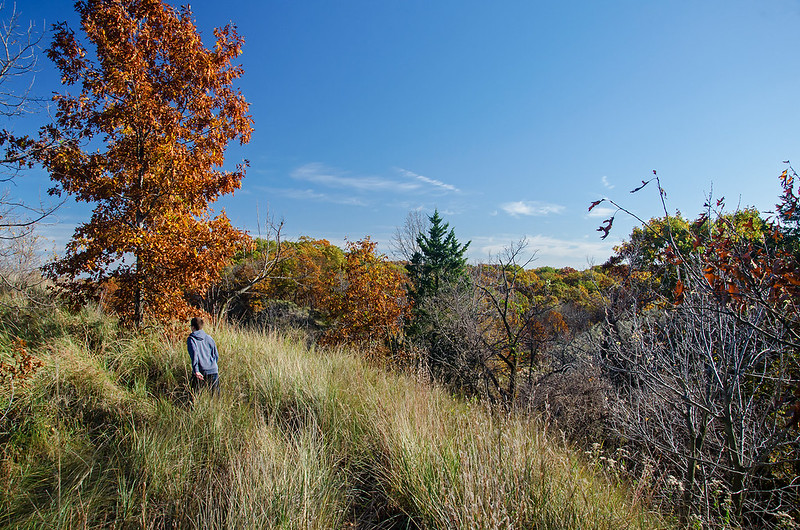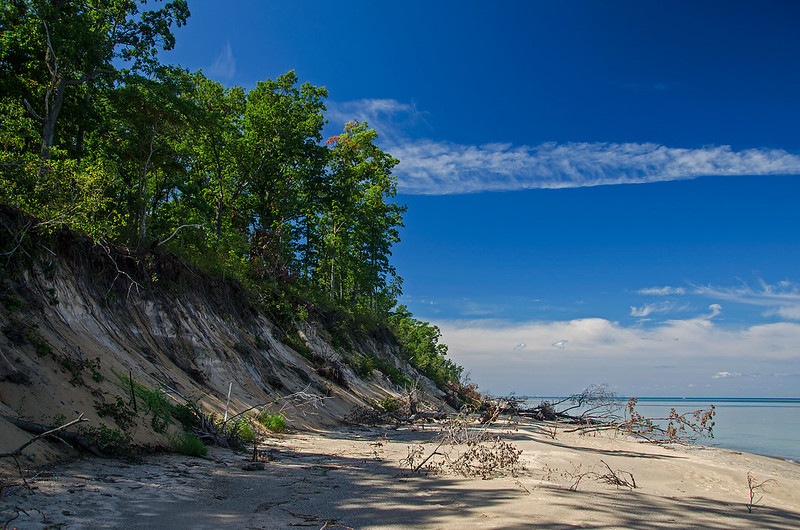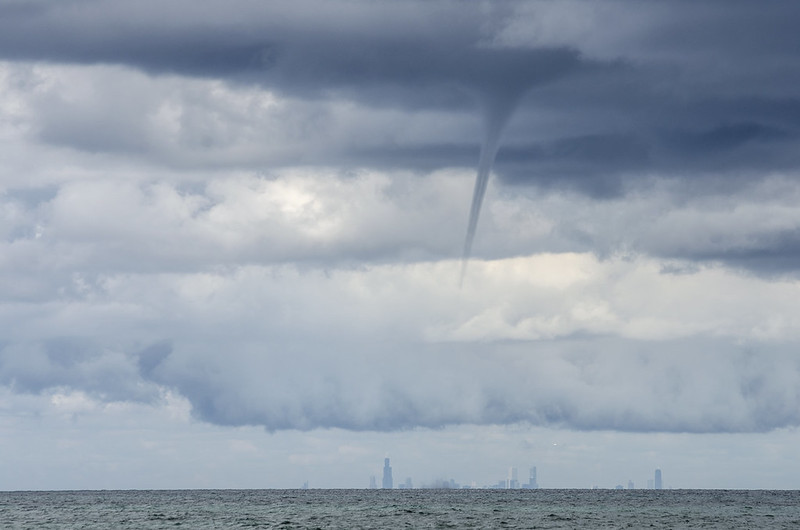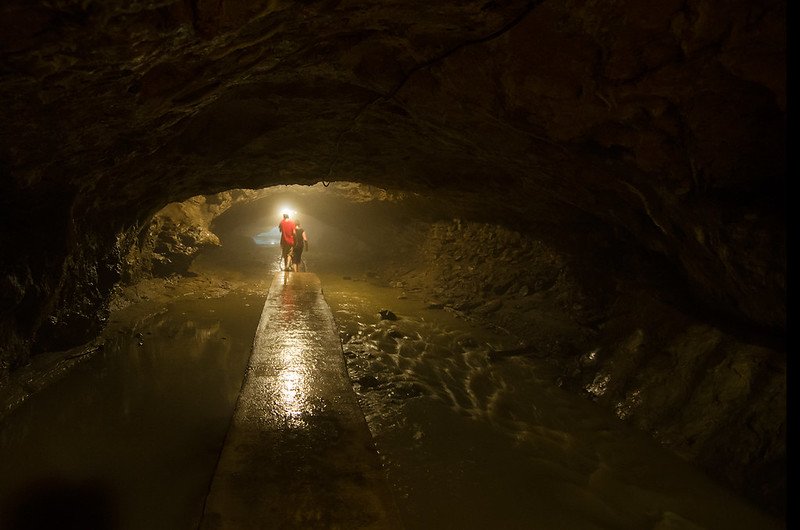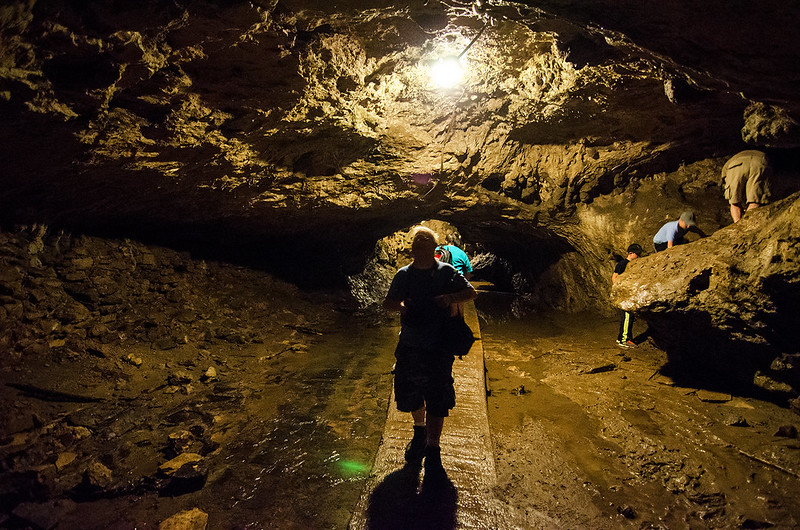
After a year of closure, Central Avenue Beach was opened to visitors once again. Finally. A storm in July of 2015 eroded much of the sand from the beach, creating a drop of over eight feet from the trail to the beach. In addition, much of the beach was gone - washed into Lake Michigan. What was once a beach of around 50 feet wide, is now reduced in many places to just a yard or two.
In some areas, the waves crash right into the foot of the dunes, making a hike down the beach difficult if one wishes to stay dry.
Trees have toppled over from the tops of the dunes into the lake, and the sides of the dunes appear rather unstable as "waterfalls" of sand constantly pour down the dunes further eroding them. The waves wash away the base of the dune, the sand becomes unstable, as more and more sand falls to the beach.
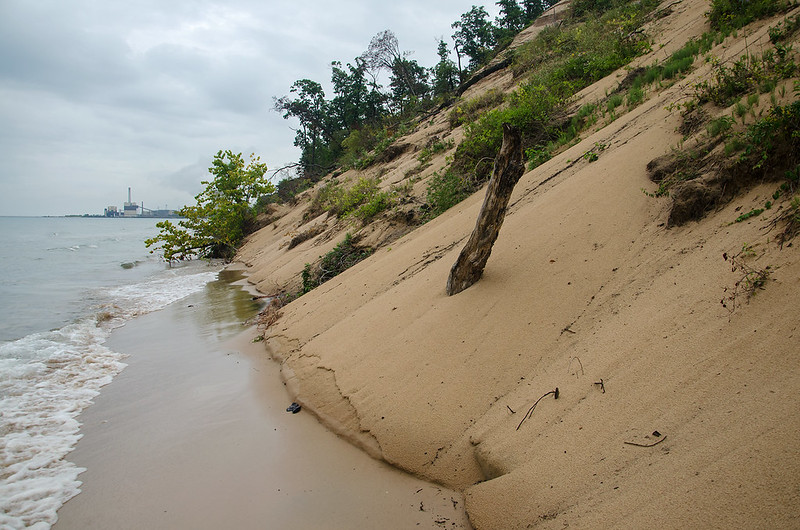
A natural process that for some reason is constantly attributed to people walking on the dunes. Every single path and footprint that was once on these dunes is now at the bottom of Lake Michigan - and it's not because people walked on the top of the dune.
High lake levels (waters have risen around four feet over the past few years), and the construction of the pier in Michigan City back in the early 1900's are to blame, not everyday visitors. The pier marks the entrance to Trail Creek, but blocks the flow of sand from the northeast, starving the beaches to the south. Without this replenishment, the beaches erode away.
The Indiana Dunes National Lakeshore seemed to be the national park of closed signs. So many areas were closed to the public due to "emergency conditions" it became almost laughable. Signs at the foot of every dune warned visitors not to walk on the dunes - anywhere. It's understandable to keep people off of many parts of the dunes, but this was excessive. Every sign was ignored, every fence was simply walked around, and this created even more erosion because visitors made new trails around the closed ones.
All this to protect the dunes from erosion - then Lake Michigan took over and washed everything away anyway. I'm all for protecting the dunes from unnecessary damage and erosion, but visitors need to see the dunes, touch the dunes, and explore the dunes, not just see photographs from the past when people were allowed to walk on them.
Official paths should be made along the dunes, and visitors should stay on them. Enforce the new paths and punish those who wander off the trail. The national lakeshore shouldn't keep the public off the dunes unless there's a danger to them (such as Mt. Baldy). People need to experience the dunes in a natural state, not paved trails with stairs, benches and signs - just sand, sun, and nature.




